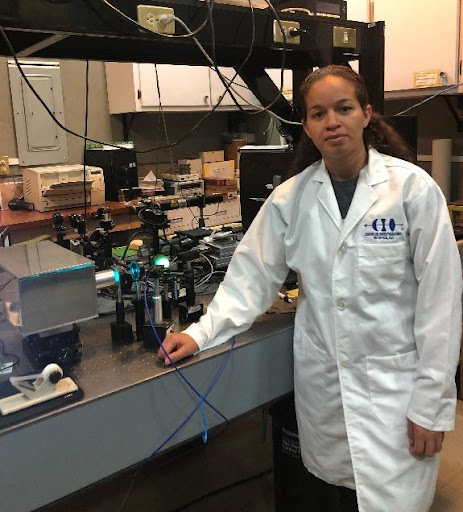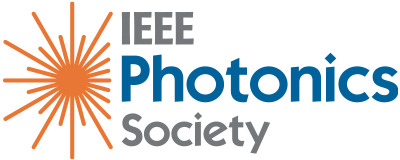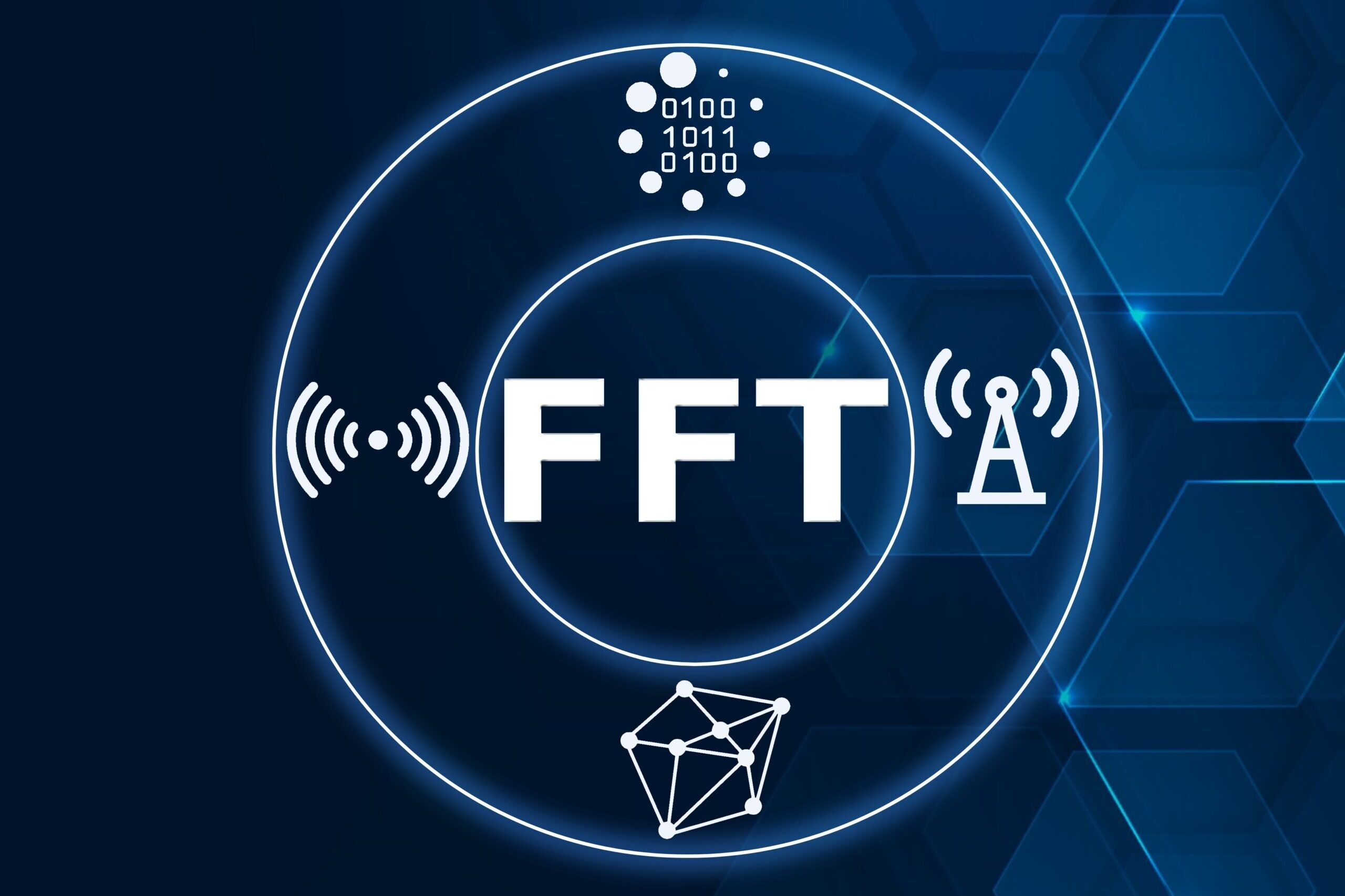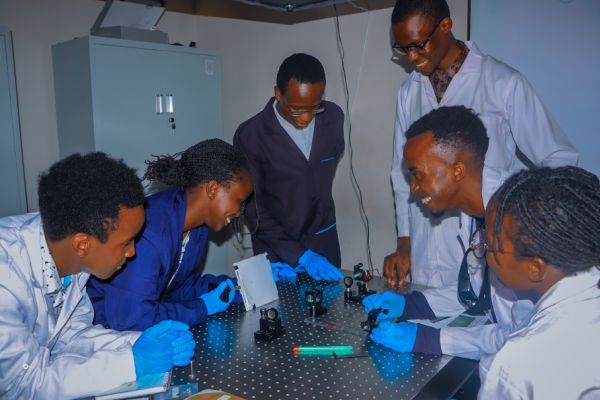In this edition of the “Photonics Worldwide – This is my Lab” column, we would like to introduce you to Ning Kefu, Danay Hernández López and Haixuan Xu, who are pursuing their Ph.D. research in China, Mexico and China, respectively. Ning is taking his fascination for microscopes to next level by developing a deep-learning optical sectioning method for the whole-brain imaging system, while Danay is proposing a pH-sensing platform for medical application with her work at the Centro de Investigaciones en Optica in Mexico. Haixuan’s research at the Huazhong University of Science and Technology (HUST) in China focuses on the characterization and use of novel tunable laser sources in various optical communication links. We hope the work of these talented researchers will inspire young student readers to pursue a career in photonics.
If you are a Ph.D. student or an early career researcher and would like the opportunity to be featured in this column, please reach out to me.
Amol Delmade
My name is Ning Kefu and I’m a Ph.D. candidate engaged in microscopic optical imaging research in Prof. Yuan Jing’s group at the Huazhong University of Science and Technology (HUST), Wuhan, China. Since my childhood, I’ve been fascinated by both the micro and macro things, which make the world around us so amazing! I got lucky enough to get hands-on experience with microscope equipment, first during high school and later during my undergraduate studies and observe the structural composition of biological organs and observe the dynamic process of life activities. Considering my interest in microscopic observations I decided to pursue research in the field by enrolling in the Ph.D. program.

There is an urgent need to develop advanced microscopes with improved imaging performance as conventional microscopes no longer meet the requirements for further exploration of the microscopic world – especially for the rapidly developing life sciences field involving brain and other human parts imaging. The main goal of our team at HUST (headed by Prof. Luo Qingming) is to develop advanced whole-brain imaging tools for mapping mesoscopic neuronal connections – a systematic project involving biology, optics, mechanics and computing. My research work here is mainly focused on developing deep-learning enhanced microscopic imaging tools to further improve the performance of whole-brain imaging. My colleagues and I have developed a deep-learning optical sectioning method which greatly improved the imaging speed and stability of the whole-brain imaging system. Our method can play an important practical role in large-scale industrial data acquisition. In the future, we will continue to explore the potential of deep learning to break through the inherent defects of traditional microscopic imaging and develop high-quality, wide-range, and high-resolution imaging systems for neuroscience and biological research.
My name is Danay Hernández López and I am a Ph.D. student at the Centro de Investigaciones en Optica, in the city of León, Guanajuato, Mexico. This small city is internationally recognized for being the “Leather and Footwear Capital of the World” and for its International Balloon Fair. I am originally from Cuba, where I studied Telecommunications and Electronics Engineering at the Central University Martha Abreu de Las Villas (UCLV). During my undergraduate studies, I was fascinated by the impact photonics and associated technologies can have on people’s lives and the development of society in general. This inspired me to pursue higher studies in the field and never look back again.

I fabricated an LED illumination module for a reference spectroscopic system as a part of my master’s project. The illumination system was aimed to provide an economical solution for spectroscopic applications oriented to the determination of optical properties such as transmittance, reflectance and absorbance of automotive surfaces. I continued my passion for photonics research by enrolling in the Ph.D. program under the supervision of Dr. Geminiano Martinez-Ponce. My current research focuses on performing optical characterization of cellulose nanocrystals (CNC) paper films with photonic structures, fabricated by the evaporation-induced self-assembly (EISA) method under different hydrogen potential (pH) conditions. A pH-sensing platform is proposed for medical application by staining these films with pH-sensitive fluorophores and analyzing the spectrum of polarized fluorescence emission upon excitation with polarized light. A connection will be established between the concentration of such a substance and the pH scale and propose an innovative methodology (based on a sensing platform) for the health professional to diagnose with less uncertainty the stage of wound healing as well as the effectiveness of applied treatment.
I also dedicate part of my time to science outreach activities, with CIO Optica Student Chapter, so that the younger generations are integrated into the enriching world of STEM.
My name is Haixuan Xu, and I am currently a Ph.D. candidate under the guidance of Prof. Yonglin Yu at Huazhong University of Science and Technology (HUST) in Wuhan, China. As a child, I developed a deep fascination for the mysteries of the world, which led me to ponder questions such as why rainbows appear and why the sky is blue. This curiosity ultimately fueled my passion for research. During my undergraduate studies at HUST, I became captivated by the idea of exploring the unknown and creating something new. In particular, I was drawn to the field of optical communications, as I recognized it as a challenging yet fascinating area that has the potential to revolutionize the way we communicate.
My current research focuses on the characterization and use of novel tunable laser sources in various optical communication links such as passive optical networks (PON), optical front/back-haul systems and mm-wave optical heterodyne systems. These lasers are capable of transmitting high-speed data over long distances with flexible wavelength tunability – making them a promising solution for use in future reconfigurable converged optical telecommunication systems in order to serve both the wireline and wireless end users through the same network. Additionally, I also investigate the use of the traditional analog radio-over-fiber (A-RoF) technique for the transmission of 5G/6G mobile signals to antenna sites instead of using the digital RoF technique in order to improve the spectral efficiency and flexibility of fronthaul links while reducing the cost. Through my work, I hope to make a meaningful contribution to the development of more efficient and effective optical communication technologies that can benefit society.





